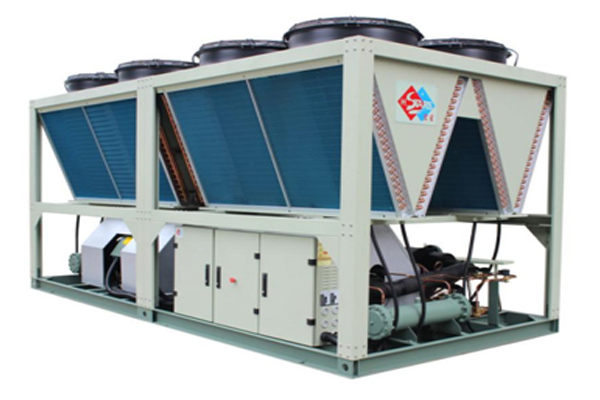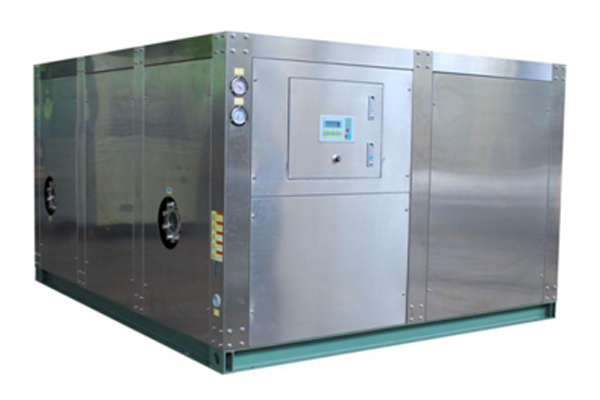The heat pump is based on the reverse Carnot cycle principle. It doesn’t cost many electricity by refrigerant system. Using refrigerant as carrier to continuously absorb the free low-grade heat energy in the heat source and convert it into high-grade heat energy, thus realizing the transfer of low-temperature heat energy to high-temperature heat energy. According to the different heat source ,H.Stars Group heat pump can be divided into sewage source heat pump, air source heat pump, water source heat pump and ground source heat pump.


Hotel and SPA center will use a lot of hot water every day. Suitable hot water equipment can save a lot of energy cost. H.Stars Sewage source heat pump and air source heat pump are favored by many users because of their energy saving, environmental protection, high efficiency and many other advantages. So for the hotel and bath industry to choose which heat pump equipment is more suitable? We will give you a comparison.
A.Heat Source is different
Sewage source heat pump can use bath waste water as heat source. And air source heat pump is using air as heat source.
B.Operating Environment is different
The operating conditions of sewage source heat pump are affected by the sewage temperature. Hotels and SPA centers discharge a large amount of bath sewage every day, and the temperature is basically above 20℃. As long as the sewage temperature is greater than 5℃, the heat pump can work normally. But the air source heat pump operating conditions are greatly affected by the air temperature, when the ambient temperature is less than -5 energy efficiency ratio began to decrease, and when the ambient temperature is less than -25 energy efficiency ratio is reduced to about 2, and less than -30 degrees need electrical auxiliary heat.
C.Operation costs is different
The heat source in the sewage source heat pump is extracted from the bath wastewater, and the COP is above 4. The COP of air source heat pump in northern winter is about 2. That means the operating cost is more than 2 times that of sewage source heat pump.
D.Installation way is different
Sewage source heat pump needs a sewage pool for sewage water saving and the drainage pipes need to be rearranged etc. Air source heat pump has small footprint and can be installed indoors or outdoors. Installation is very simple.
Both sewage source heat pumps and air source heat pumps are using inexhaustible renewable resources and will not produce toxic or harmful gas in the process of work. Choose which equipment to combine with the actual situation of the hot waste water.
Both sewage source heat pumps and air source heat pumps are using inexhaustible renewable resources and will not produce toxic or harmful gas in the process of work. Choose which equipment to combine with the actual situation of the hot waste water.
评论
发表评论